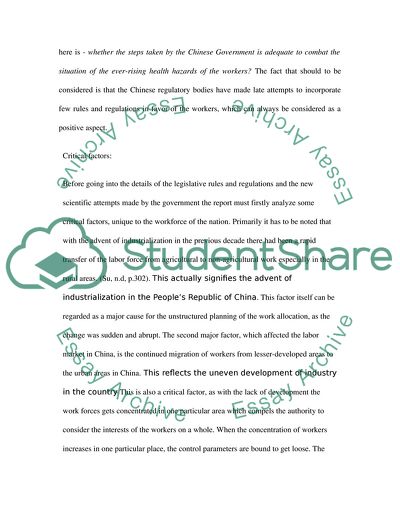Cite this document
(Legislation used to control hazards in the workplace in P. R. of China Essay, n.d.)
Legislation used to control hazards in the workplace in P. R. of China Essay. https://studentshare.org/law/1727998-discuss-legislation-used-to-control-physical-agent-hazards-in-the-workplace-in-p-r-of-china
Legislation used to control hazards in the workplace in P. R. of China Essay. https://studentshare.org/law/1727998-discuss-legislation-used-to-control-physical-agent-hazards-in-the-workplace-in-p-r-of-china
(Legislation Used to Control Hazards in the Workplace in P. R. Of China Essay)
Legislation Used to Control Hazards in the Workplace in P. R. Of China Essay. https://studentshare.org/law/1727998-discuss-legislation-used-to-control-physical-agent-hazards-in-the-workplace-in-p-r-of-china.
Legislation Used to Control Hazards in the Workplace in P. R. Of China Essay. https://studentshare.org/law/1727998-discuss-legislation-used-to-control-physical-agent-hazards-in-the-workplace-in-p-r-of-china.
“Legislation Used to Control Hazards in the Workplace in P. R. Of China Essay”. https://studentshare.org/law/1727998-discuss-legislation-used-to-control-physical-agent-hazards-in-the-workplace-in-p-r-of-china.


